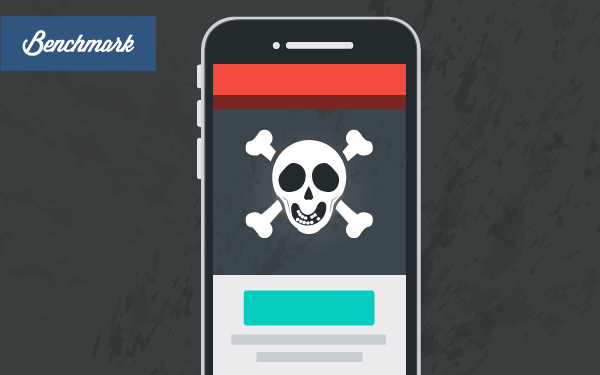
If you’re finding that your email campaigns aren’t converting for mobile, then the likely culprit behind that failed conversion is your email content and design. With mobile users toppling past about 66% of digital consumers, it’s no longer just an option to optimize emails. In fact, if Google’s new algorithm announcement is anything to go by, mobile optimization is now a basic business practice – or at least is should be. And if Google’s announcement hasn’t startled you into action, then this should: 75% of emails that aren’t optimized for mobile will delete the email campaign without reading it.
Engagement Levels Define Mobile Click-Through Rates
There are likely several paired reasons for why that percentage is so high. It’s not just about formatting. Sure, if you’re email campaign isn’t formatted for mobile, it makes the user experience highly cumbersome and time-consuming. However, it’s also about the level of engagement mobile users expect compared to traditional desktop consumers.
Mobile users prefer language to be targeted, personal, and action-oriented. That said, having formality in your campaigns, whether it’s in the title of your message or the subject line, doesn’t offer an invitation to keep reading. Add to it the fact that it matters who we’re receiving email campaigns from.
As Mark J. Hiemstra in an Unbounce article titled “Why No One is Reading Your Emails on Mobile,” points out, “Instead of sending the email from your company as a whole, send it from a specific person with a face and a name.” In fact, according to Crazy Egg, there’s a 29% increase in open rates when there’s some sort of personification behind a sender beyond just “customer support,” “customer service,” or even “admin.”
Demographics Aren’t as Clear-Cut as You’d Imagined in Mobile
At one point, we could say that it’s the millennial generation that using mobile. While that’s true, the fact is that mobile consumption is a way of life for most tech users. Brafton recently conducted a study where they found that, “People between the ages of 35 and 44 represent the highest saturation of smartphone news consumption at 73 percent, followed closely behind by every age bracket besides the 65+ crowd.”
However, mobile shopping is also a highly prevalent form of mobile consumption, and email marketing is a strong platform to reach that audience. If your industry is retail, then keep your emails image-rich and content clean. Have clear calls to action and make it easy to buyers to follow through.
The Lesson Learned in Mobile Marketing
The lesson learned here is that if you’re not integrating mobile into your regular email marketing campaign, you’re sabotaging your own efforts. Whether you’re using email marketing campaigns for content driven campaigns, or image-driven campaigns for retail, you have to keep the end user in mind. Today, that end user is looking to consume content while at lunch during the workday, while standing in line, or while watching TV. Their ability to engage and convert needs to be made as easy as possible. If that path isn’t paved for them with mobile optimization and mobile-friendly content, then you’re losing your audience. When that pattern is repeated, then you begin losing subscribers.




